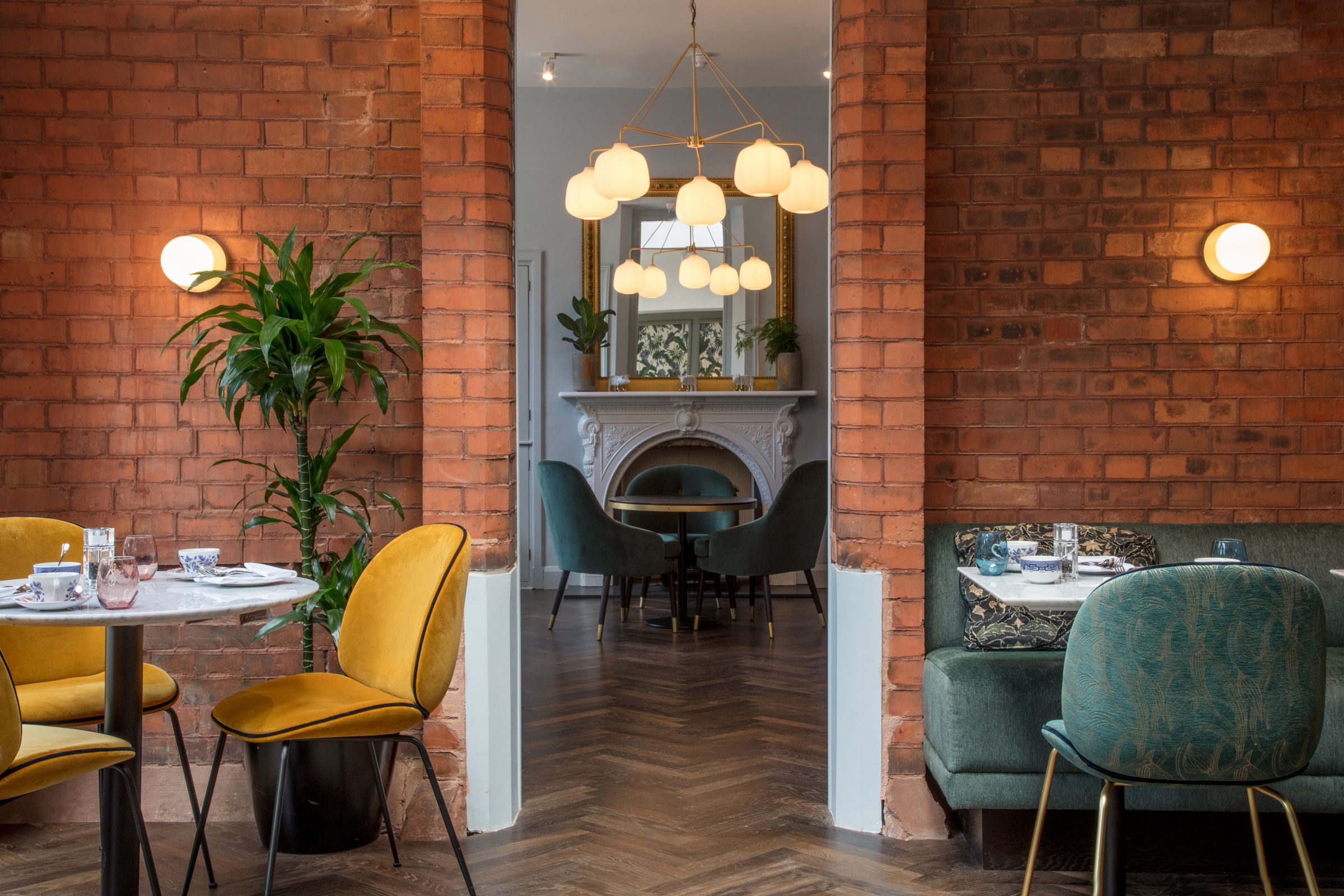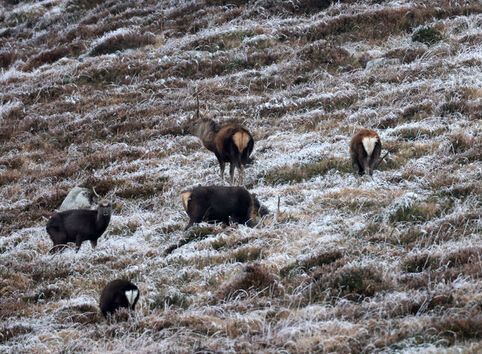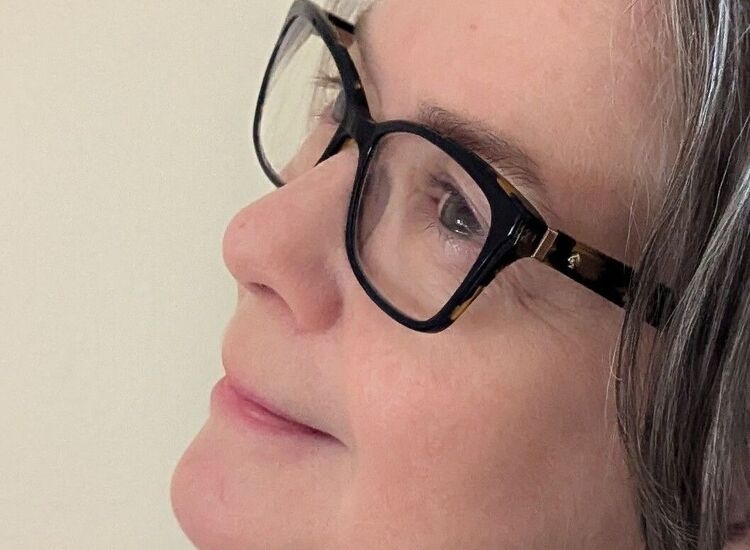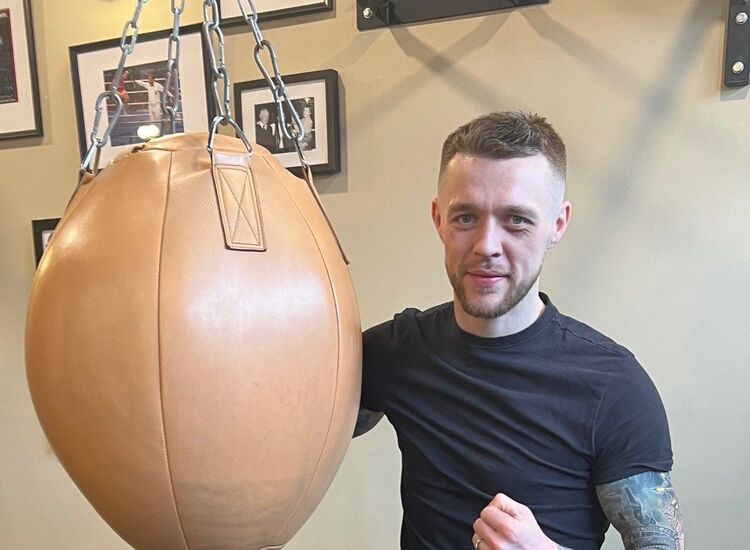I recently spent a few days in Dublin on a mission to do as many things as possible that I never got to do on previous visits. Stroll around the “hip” neighborhoods of Smithfield and Stoneybatter, check! Take in a show at The Gaiety, check! Walk along the Grand Canal, check! Have a picnic in St. Stephen’s Green, check! The “what to do” in Dublin is never a problem in such a lively city, but for a four-night stay as a solo traveler I especially wanted a home-away-from-home kind of hotel: The Wilder Townhouse (22 Adelaide Road; thewilder.ie) checked all the boxes!
Maybe because the hotel was only a short stroll to St. Stephen’s Green and Iveagh Gardens and walking everywhere was a great option; or that the building was originally built during the Victorian era when Oscar Wilde lived and wrote in Dublin; or that it was “intimate” with only 42 rooms (no spa, pool, gym, or lobby); or that its original use was as a “Home for Retired Governesses” and a “Home for Bewildered Women.” I was intrigued; check me in!
The stunning red brick building is located in a leafy neighborhood on the corner of Adelaide Road and Harcourt Terrace where period homes and modern office buildings sit comfortably side-by-side. The style is typical of Victorian Dublin, with an extension built in the 1890s and another in the 1930s. In recent years, the building served as both a Retirement Home and an Artists’ Studio. Following some years of vacancy, current owners, hoteliers Frankie and Josephine Whelehan, purchased the property in 2016 and re-opened it as The Wilder Townhouse two years later. In 2024, it was awarded a Michelin “Key” for offering an “outstanding hotel experience.”

Drawing Room/Dining Room. [Photo courtesy of The Wilder]
According to General Manager Stephen O’Sullivan, “The hotel renovation/restoration became a ‘passion project’ for the Whelehans,” who also own the four-star Montenotte in Cork City (themontenottehotel.com). They wanted to create something a little different for Dublin, or what Mr. Whelehan originally called a “bespoke guesthouse catering to a niche market.” Like me, he was also rather taken with its association with “retired governesses,” “bewildered women,” and Oscar Wilde, all of which played a part in his naming it The Wilder!
The project, overseen by architect Gráinne Webber, is a playful tribute to both its Victorian protected status and its Art Deco influences. Bedrooms vary from “shoebox” (129 sq. ft./double bed) to “popular” (183 to 237 sq. ft./king bed) to “suites” that vary in size depending on the existing room layout. The furniture is designed to suit each room type, but velvet headboards, quirky accessories, and a coffee/tea-making station are standard in each. My ”deluxe” room was a fun mix of design and comfort – original fireplace, tidy desk, shoemakers' lasts as bookends, and a tailor's dummy for jackets and coats. Other touches, like framed reminders ranging from “Life is too short to be taken seriously” or “Be yourself, everyone else is already taken” send you to bed giggling.
Most bathrooms have a rainforest shower and come with eco-friendly bath products from Field Day Ireland, a Northern Ireland company whose fragrances celebrate Ireland’s wildflowers, weeds, and the sea. Mine also had a spacious corner cupboard like one you’d find in a Victorian or Georgian dining room.
O’Sullivan told me, “Because every effort was made to keep the original touches, you might have such a cupboard in your bathroom. One of our rooms even has a fireplace in the bathroom, which always amazes the guest occupying it.” And speaking of guests, I was not the only visitor from the U.S. there in June — O’Sullivan confirmed that about 60 percent come from America annually.
Once you’re back from a full day of touring and, perhaps, just want to stay “home” and relax, the stylish breakfast rooms take on a new vibe as the Gin and Tea Room in the late afternoon/early evening with a “Light Bites” and drinks menu. Open to residents only, you’re sure to run into someone sipping a cocktail in the stylish bar or working away on a laptop while nibbling on an all-Irish Cheese Board of Cashel Blue, Smoked Gubbeen, and Garlic and Herb Carrigaline (€27); a Connemara Smoked Salmon Plate or Salad (€20); or every visitor’s “go-to” Ham and Cheese Toastie (€16.50).
Breakfast reverts to classic cooked offerings ranging from Overnight Oats and an Omelette to Eggs Royale or Eggs with Smashed Avocado on Toasted Sourdough. An antique table in the Garden Room is loaded with fruit bowls, granola, yoghurts, meats and cheese, homemade preserves, fresh pastries, and three types of soda bread (plain, seeded, and fruit-filled) — try it yourself!
GUINNESS SODA BREAD
Makes 1 Loaf
To make a seed loaf, add 1/2 cup pumpkin seeds; for a fruit loaf, add 1/2 cup chopped dried fruit, such as raisins, apricots, or candied cherries. For a sweeter version of this bread, add two tablespoons of brown sugar.
2 1/2 cups coarse whole wheat flour
1 cup porridge oats (plus extra for topping)
2 tablespoons (packed) dark brown sugar (optional)
1 teaspoon baking soda
1 teaspoon salt
1 cup Guinness
2/3 cup milk
1. Preheat the oven to 400°F. Coat a 9-inch loaf pan with no-stick baking spray or line with parchment paper.
2. In a large bowl, whisk together the flour, oats, brown sugar (if using), baking soda, and salt (stir in the seeds or fruit, if using).
3. Make a well in the center. Pour in the Guinness and milk. With a wooden spoon, stir to combine (do not overmix; stir just until the dough comes together). Transfer to the prepared pan. Sprinkle additional oats on top. With a sharp knife, cut a deep line down the top to help bake evenly.
4. Bake the bread for 35 to 40 minutes, or until a skewer inserted into the center comes out clean.
5. Let cool completely on a wire rack before cutting into slices.
Margaret Johnson’s “Recipes” page alternates with “Ireland Hopping: Adventures in Food, Drink, and Travel.” For further details on her work, or to order a signed cookbook, visit irishcook.com.







